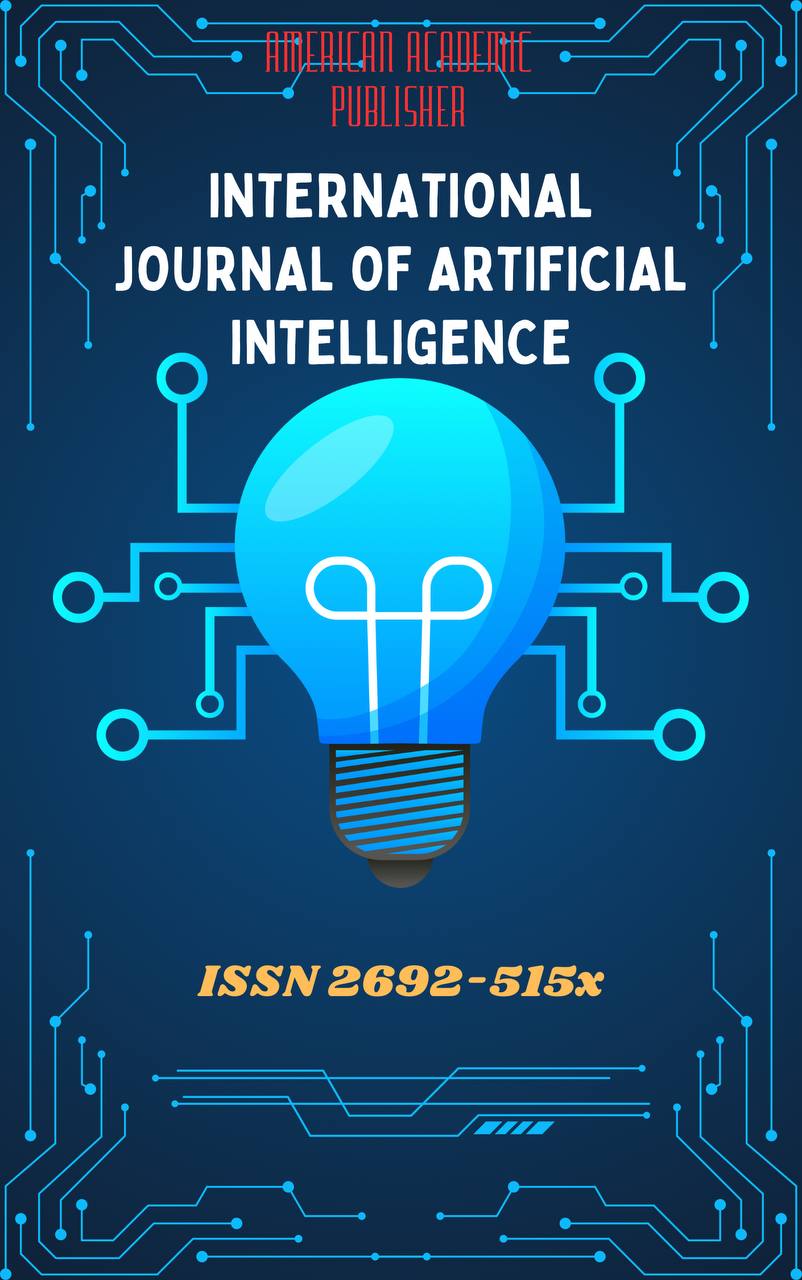 Articles
| Open Access |
Articles
| Open Access | ENHANCING TRANSLATOR SYNCHRONIZATION COGNITIVE APPROACHES AND CONTEXTUAL SOLUTIONS FOR UZBEKISTAN
Orunbayeva Uminiso Sharabidinovna , Fergana State Technical UniversityAbstract
This article investigates synchronization challenges in simultaneous interpretation (SI), emphasizing both global perspectives and Uzbekistan-specific contexts. Synchronization—the temporal alignment between the original speech and its translation—is among the most cognitively demanding aspects of SI. The study explores key cognitive processes such as anticipation, working memory, and executive control, alongside technical and cultural factors influencing synchronization.
Original contributions include the development of the Localized Synchronization Model (LSM), formulated based on a survey of professional interpreters in Uzbekistan and case studies from local and international events. The LSM provides targeted strategies for interpreter training, focusing on anticipation techniques, memory load management, and real-time cultural adaptation. By integrating global research with local fieldwork, this article offers actionable solutions to enhance interpreter performance in Uzbekistan and other multilingual settings.
Keywords
Simultaneous Interpretation, Synchronization, Cognitive Load, Interpreter Training, Uzbekistan, Localized Synchronization Model (LSM)
References
Christoffels, I. K., & de Groot, A. M. B. (2005). Simultaneous interpreting: A cognitive perspective. In J. F. Kroll & A. M. B. de Groot (Eds.), Handbook of bilingualism: Psycholinguistic approaches (pp. 454–479). Oxford University Press.
Gile, D. (2009). Basic concepts and models for interpreter and translator training (Rev. ed.). John Benjamins Publishing Company.
Köpke, B., & Nespoulous, J.-L. (2006). Working memory performance in expert and novice interpreters. Interpreting, 8(1), 1–23. https://doi.org/10.1075/intp.8.1.02kop
Macnamara, B. N., & Conway, A. R. (2016). Working memory capacity as a predictor of simultaneous language interpreting performance. Journal of Applied Research in Memory and Cognition, 5(4), 434–444. https://doi.org/10.1016/j.jarmac.2015.12.003
Seeber, K. G. (2011). Cognitive load in simultaneous interpreting: Existing theories—new models. Interpreting, 13(2), 176–204. https://doi.org/10.1075/intp.13.2.03see
Timarová, Š., Čeňková, I., Meylaerts, R., Hertog, E., Szmalec, A., & Duyck, W. (2014). Simultaneous interpreting and working memory executive control. Interpreting, 16(2), 139–168. https://doi.org/10.1075/intp.16.2.01tim
Satvoldievna, U. D., & Sharabidinovna, O. U. (2020). Conceptual problems of simultaneous interpretation. Проблемы современной науки и образования, (2(147)), 36–38.
Orunbaeva, U., & Okhunov, A. (2022). Conceptual problems of simultaneous translation. Science and Innovation, 1(B8), 2255–2258.
Orunbayeva, U. S. (2024). Cognitive problems in simultaneous interpretation. Educational Research in Universal Sciences, 3(4 SPECIAL), 573–575.
Оrunbаevа, U. S. (2022, December). Conceptual problems of simultaneous translation. In International Conference Dedicated to the Role and Importance of Innovative Education in the 21st Century (Vol. 1, No. 9, pp. 81–85).
Article Statistics
Downloads
Copyright License

This work is licensed under a Creative Commons Attribution 4.0 International License.

